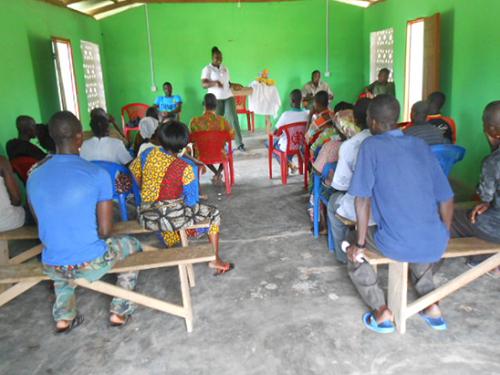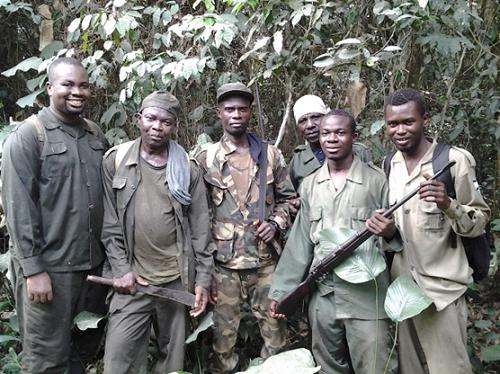Samuel Kojo Annan-Riverson
Several studies suggest that successful management of elephants and their habitats requires knowledge of elephant abundance and distribution. The status and distributional patterns of the elephant population in Kakum Conservation Area (KCA) have since 2004 not been updated. The elephants often leave the forest to feed on nearby farms resulting in various degrees of human-elephant conflicts; a situation derailing collaborative conservation efforts. This project aims to assess the population size of KCA elephants and the factors that influence their seasonal distribution. Also through stakeholder engagements, we will create awareness about elephant conservation and develop a local elephant conservation action plan.

Elephants are distributed unevenly in West Africa. Estimates of elephant numbers are available for 56% of elephant range in West Africa, making it the region with the largest proportion of range with population estimates (IUCN/SCC AfESG, 2005). However, 53% of the range covered by estimates is in the form of guesses, leaving the area covered by systematic surveys at just over 26% of total elephant range (Blanc et al, 2003). The IUCN/SSC African Elephant Specialist Group’s first objective in ensuring the conservation of elephants and their habitats in West Africa is initiate surveys to evaluate the status of elephants in the sub-region.

Kakum Conservation Area consists of diverse habitats that serve as a home range of elephants in West Africa. However, the status and distributional patterns of the isolated forest elephant population in Kakum Conservation Area (KCA) have since 2004 not been updated. An evaluation of the current status and distributional patterns of KCA elephants has been identified as one of key baseline information needed to review the protected area’s outdated management plan and to develop a local conservation strategy for the species. This project will thus assess the population size of KCA elephants and the factors that influence their seasonal distribution. Through conservation education, we will create awareness about elephant conservation and elephant crop raiding mitigation measures. We will eventually develop a local elephant conservation action plan in consultation with the protected area authorities and their stakeholders to ensure a long term survival of Kakum elephants.